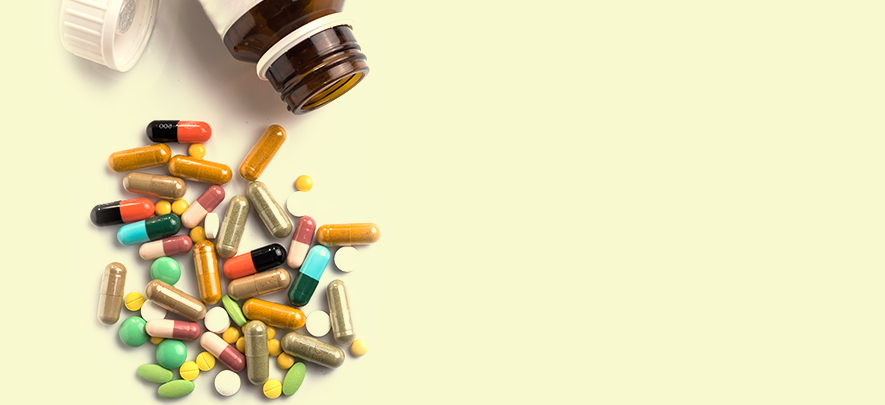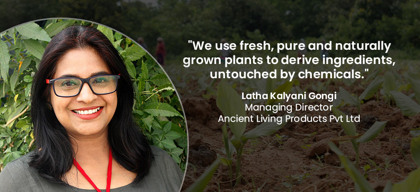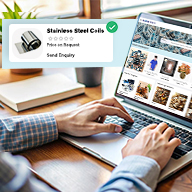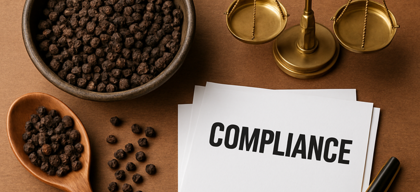Pharma packaging is moving toward customer-centricity

Logistics & Supply Chain
227 week ago — 9 min read
India is perceived as the pharmacy of the world, supplying 18 percent of the generic medicines globally, apart from the domestic market. Its position remains undiminished, even during the pandemic. As the pharmaceuticals industry rapidly adapts to the ‘new normal', the complementing pharmaceuticals packaging space is expected to evolve and change in tandem.
The critical role of pharmaceutical packaging in maintaining the product quality, ensuring an uninterrupted supply of essential drugs, safe usage of critical medicines and hygenic products like sanitizers and hand rubs by patients, fulfilling the demand for Personal Protective Equipment (PPEs), testing kits, medical ventilators and vaccines, cannot be undermined, at a time when several nations simultaneously have huge demands.
Packaging ensures the preservation of all the above, while they are delivered to the people who need them. Further, its role cannot be undermined in transporting COVID-19 vaccines, across the globe.
Packaging will be your second physician. This is evident from the fact that apart from safeguarding drug efficacy, the ease of administration, dosage accuracy, dose monitoring, and minimising (zeroing) medication errors have become key factors in packaging.
Materials most in demand are rigid plastics, blister foils, paper and paper board packaging that comprise the necessary labels, cartons, and shippers. These are used to make folding cartons, display units, paper labels, leaflets, ampoules, bottles, vials, syringes, cartridges, closures, bags, tubes, laminates with paper or foil aluminum, collapsible tubes, rigid cans, needles, gas cylinders, pressurised containers, closures, and plungers among many others.
Role of packaging during pandemic times
With the pandemic, physical interactions between patients and doctors have rapidly declined. With advanced digital communications tools easily available, consultations are being done remotely.
I would like to recall a statement I made some time ago - “Packaging will be your second physician.” It is really apt today. This is evident from the fact that apart from safeguarding drug efficacy, the ease of administration, dosage accuracy, dose monitoring, and minimising (zeroing) medication errors have become key factors in packaging. These factors are addressed by providing accurate product information, in line with the regulatory framework for designs of pharmaceutical packaging.
Sustainable packaging
We have established that packaging plays a crucial role in maintaining pharmaceutical product’s quality, safety, and efficacy throughout the value chain. For this reason, while in the pursuit of making packaging sustainable, we must ensure that no packaging falls short of serving its defined purpose. The prime requirements cannot be compromised to accept reduced material usage or increased recyclability. It is no easy task to design sustainable packaging for pharmaceutical products while keeping in compliance with local packaging regulations and reducing environmental impact.
There are definitely lots of new sustainable packaging materials that can be reused and recycled. It is not possible to use these for every application (for example, in the primary packaging for a complex molecule), but materials like PCR plastic, recycled plastic, and biodegradables such as recycled paper, paperboard, films derived from natural resources, are also available for certain products. Material that has a negative carbon footprint and is easily recyclable wins in the sustainability race. Packaging that weighs less or occupies less space while fulfilling its purpose also contributes to the sustainability goal. The World Health Organisation identified three directives to help reduce and eliminate waste: reduce packaging that is not essential to the protection of the drug; make as much of the packaging as possible recyclable, and make contaminated packaging incinerator-safe.
All packaging products must be designed keeping sustainability in mind while also being mindful of protecting all components that include consumables like solvents, inks, and adhesives. The post-use disposal scenario needs to be taken into consideration, as well.
Also read: Innovation in e-commerce packaging: Key to a sustainable future
Design thinking in packaging
Designing pharmaceutical packaging is a tad different from doing so for other products. While sustainability and protecting the environment must be taken into consideration, several other aspects like product safety and efficacy through the supply chain, regulatory compliance, and patient convenience must be given priority, while designing. The packaging must not only safeguard the quality of a drug, but also convey accurate messaging with appropriate graphics, colours, text and words in its labelling, on the packaging, and through the material used for the packaging itself.
For an Over-the-Counter (OTC) product, it's all the more important to consider aesthetic factors to gain the trust of the customer. Your customer may or may not see promotions of your product, but they will see what is in (and on) the packaging. This is why packaging is referred to as a tool to extend your brand resonance.
The user experience should always be at the forefront while designing a pharmaceutical product. It must also effectively communicate the objective to the consumer.
Now, consider designing child-resistant packaging. It must ensure easy access to the senior citizens or even people with arthritic hands and at the same time deter the child from accessing the product. Similarly, a medical device or a prefilled syringe must be hermetically sealed to provide maximum protection and safety. However, medical staff or even the patient who needs to access it, must have an easy way to open it.
The user experience should always be at the forefront while designing a pharmaceutical product. It must also effectively communicate the objective to the consumer.
Future trends
The future of the pharmaceutical packaging space is more customer-centric. Every development revolves around patient’s needs, because it is the prime factor shaping the market. It is noteworthy that self-administered devices with advanced technology, especially for combination drugs, are on the rise. Smart inhalers and nasal sprays will be more in demand. Transdermal patches are currently used for pain relief on a day-to-day basis.
Similarly, a lot is happening in oral dissolvable films, as it is very useful for pediatric and geriatric patients. We have heard that Gilead Sciences is developing an easier-to-administer version of the antiviral drug ‘Remdesivir’ for COVID-19, which can be inhaled.
We are seeing a rising use of artificial intelligence in every field. This trend carries over into pharmaceutical packaging. Concepts of smart packaging with advanced Near-Field Communication (NFC) components may become a norm for certain products. The evolution of ultra-thin Integrated Circuits (ICs) that can be embedded in any package, has given scope for incorporating more features. Implantable medical devices are gaining ground, as they are very appropriate for regulated drug delivery, in certain cases. Wearable medical devices are another segment to watch out for. Many such devices are already finding their applications, not just for diagnostics and monitoring purposes but also for respiratory, therapeutic pain management and others.
At the end of the day, I sincerely believe that every innovation has to help mankind at large, and this is what we strive to do every day in the packaging space, as well.
Article contributed by Chakravarthi AVPS. A die-hard lover and an evangelist of packaging, Chakravarthi AVPS is recognised as one of the most influential leaders in the segment. Apart from being the Global Ambassador & Executive Board Member of World Packaging Organisation, he is a Managing Director of Ecobliss India, an internationally renowned company for packaging innovations. With deep knowledge in Pharmaceutical Packaging, he is also an honorary advisor and director of the board for the Pharmaceutical Export Promotion Council, Government of India.
In an exclusive GlobalLinker Growth Talks webinar, Chakravarthi AVPS shared the evolution of pharma packaging along with latest trends and best practices. Watch the webinar recording below.
Image source: shutterstock.com
Disclaimer: The views and opinions expressed in this article are those of the author and do not necessarily reflect the views, official policy or position of GlobalLinker.
Posted by
GlobalLinker StaffWe are a team of experienced industry professionals committed to sharing our knowledge and skills with small & medium enterprises.
Most read this week















Comments
Share this content
Please login or Register to join the discussion